Native Hollies In Your Garden Or On The Farm
Native hollies are wonderful evergreen shrubs with berries that provide good winter time food for birds. Here at Vista Farm we have identified three native hollies: Dahoon, Ilex cassine (Zones 7-10); Yaupon, Ilex vomitoria (Zones 7-10); and Inkberry, Ilex glabra (Zones 4-10). All prefer moist, somewhat acidic soil, and are thriving near the pond.
Dahoon Holly is found from the Carolinas to Louisiana and throughout Florida. Its medium, dark green leaves are shiny and only slightly lobed. The bark has mottled gray tones. Flowers are rather inconspicuous and appear in April in southeast Louisiana.
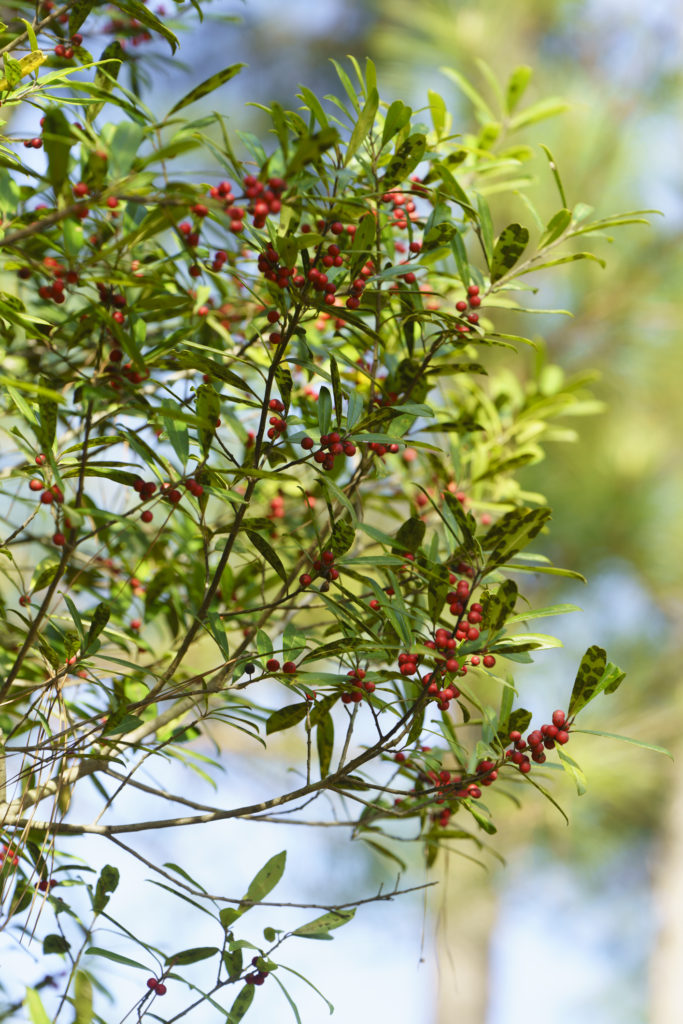
In the wild it is said to grow to about 30 feet, but ours are all under 20 feet–probably because they have had to compete with under growth. We often find one hiding under vines and brush when clearing an area. Planted as an ornamental in a garden it should grow into a fine tree that stays relatively small and green all year.
Yaupon Holly is a miserable, invasive plant that grows gangly and wild pretty much anywhere it is allowed–especially around the trunk of a pine tree where the bush hog can’t get it. The plant was traditionally used by Native Americans to make an infusion containing caffeine.
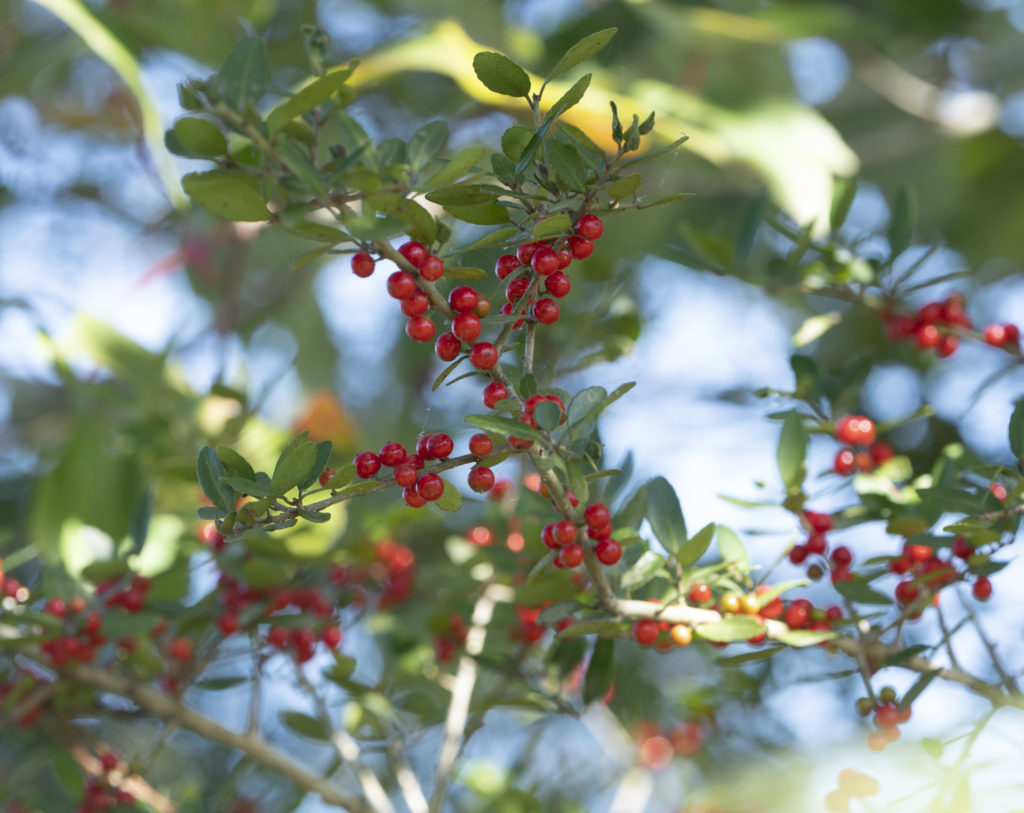
In fact, Yaupon and Dahoon hollies are the only known plants endemic to North America that produce caffeine. Sure, its red berries are enjoyed by birds all winter, and nurserymen say it can be shaped into a nice hedge in your garden. We chop it down, burn it, then go home and have an espresso.
Inkberry, as its name implies, is one of the few black fruited hollies and, at least at our farm, grows only to about four feet. It is not edible except by wildlife.
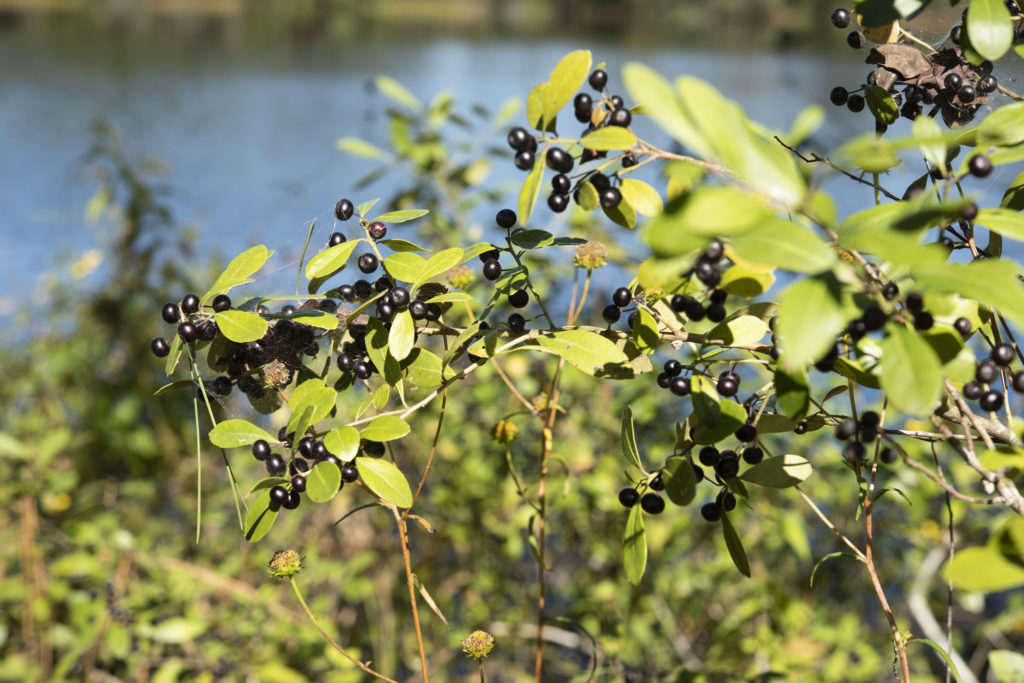
Like other hollies, both male and female plants are needed for berries. We found several small inkberry plants in a thicket we cleared and, now that they have a little sun and less competition, we hope they will thrive.

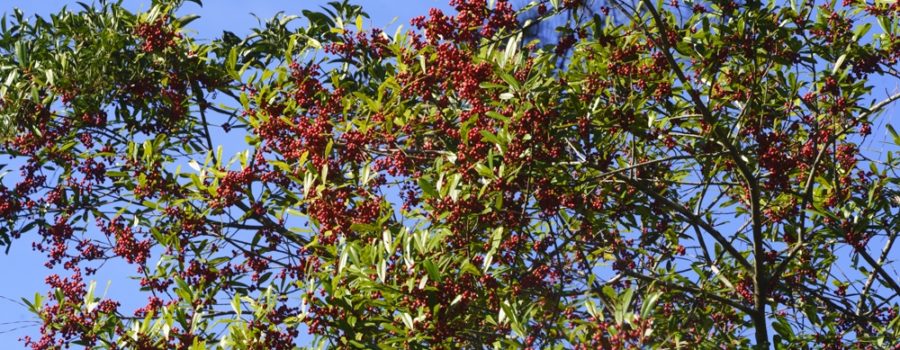
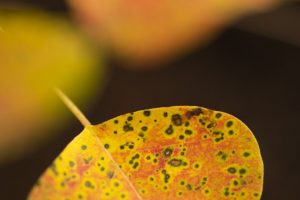
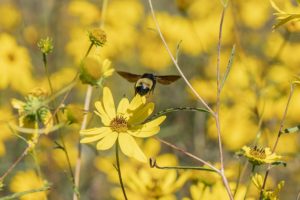
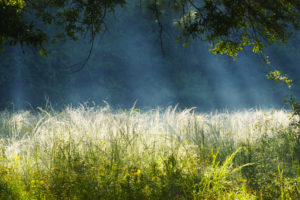
Recent Comments